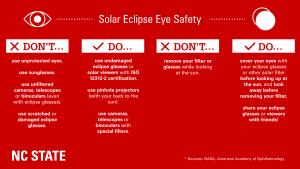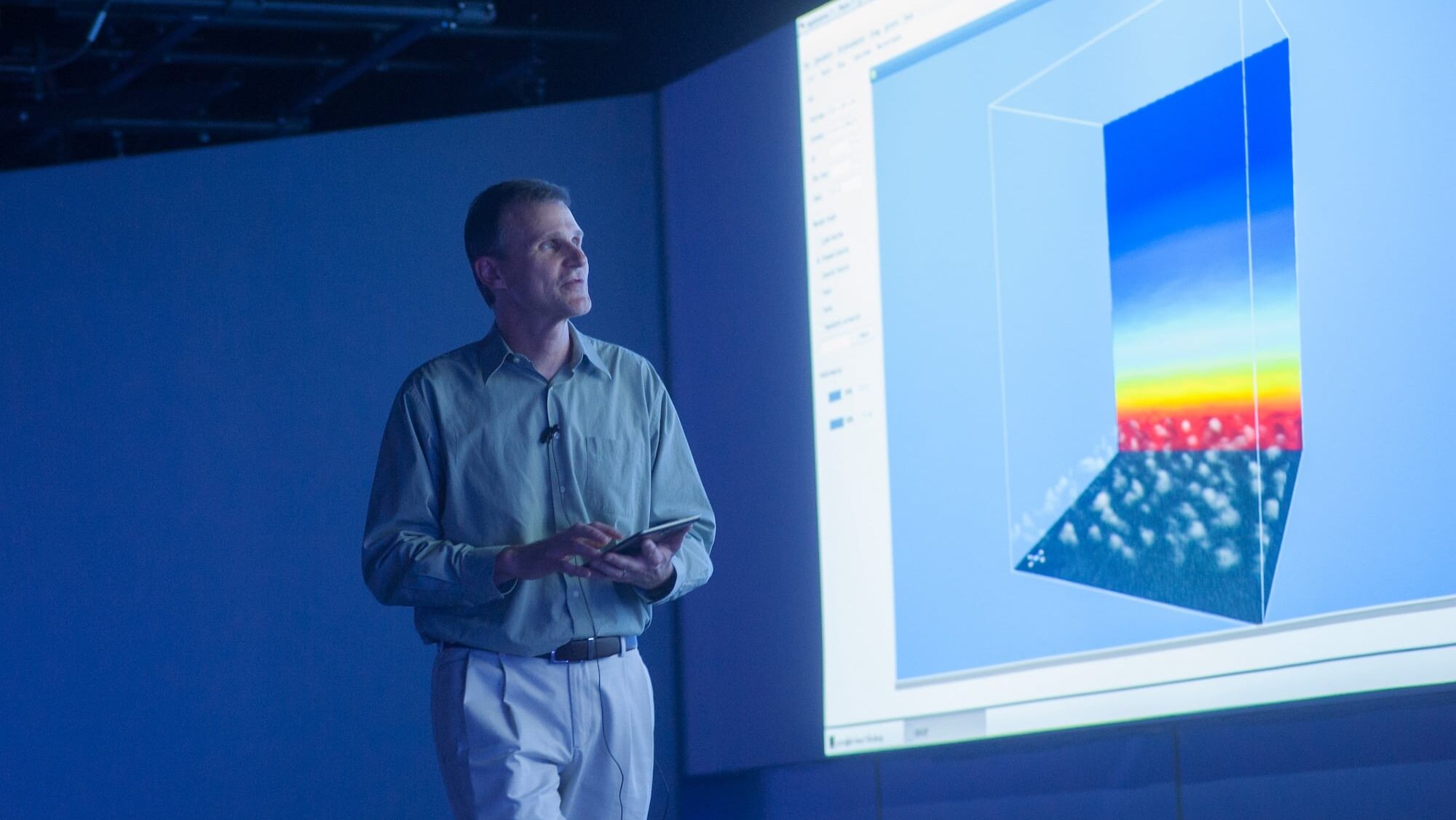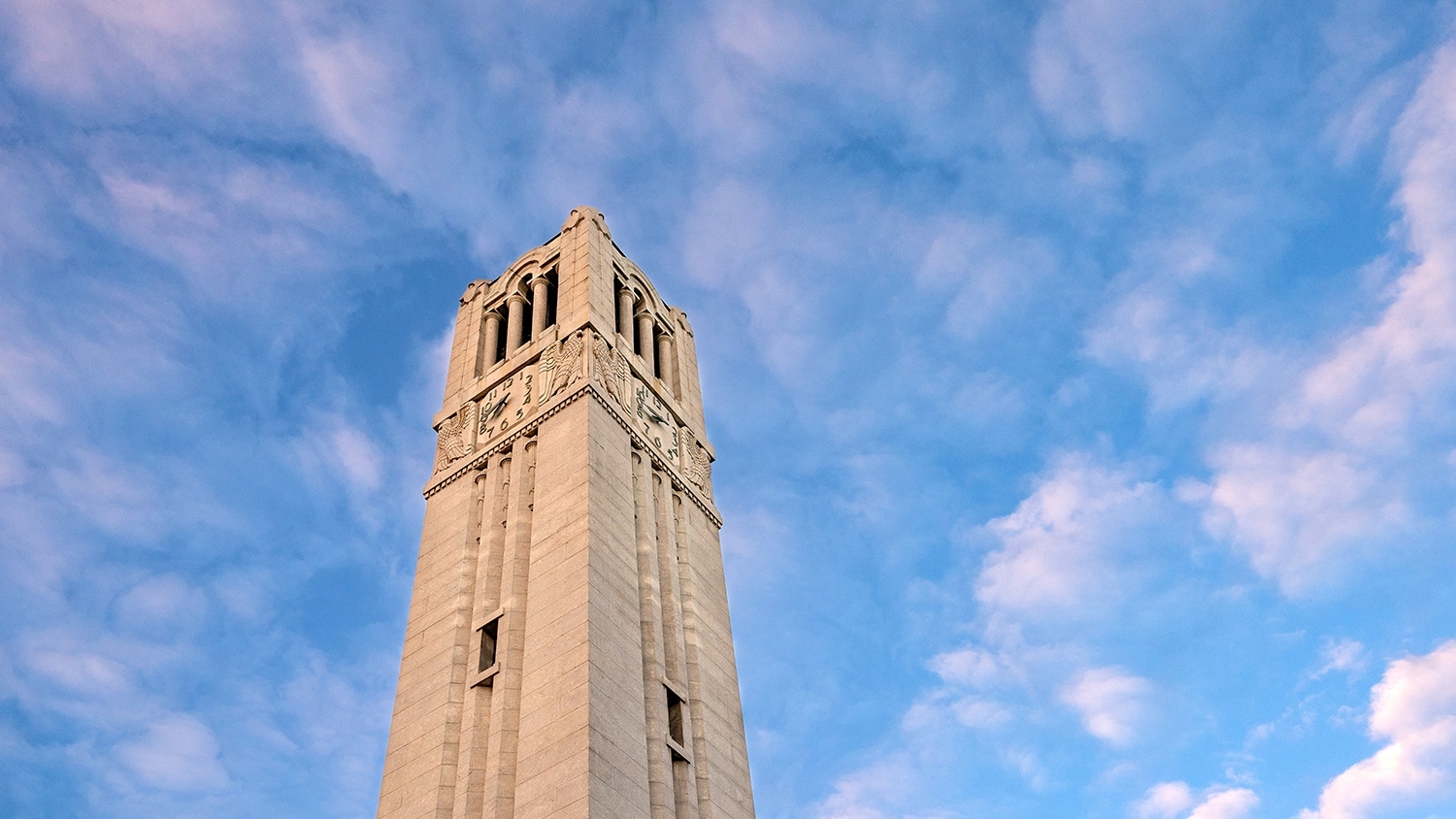Eclipse 2017: Campus Celebration, Citizen Science and Safety Tips

Unless you’re living on the dark side of the moon, you’ve probably heard that eclipse fever has swept the United States. Anticipation is building for August 21, when a total solar eclipse will cross the country for the first time in 99 years.
The moon will pass between Earth and the sun, completely blocking the sun in the path of totality, which will stretch diagonally across the United States from Oregon to South Carolina. The rest of North America will experience a partial eclipse, and the Triangle will see about 93 percent coverage.
The College of Sciences is inviting the campus community and the public to enjoy this rare event at its Eclipse Day Celebration on the NC State Brickyard from 12:30 p.m. to 4 p.m. on August 21. The celebration will feature safe ways to view the eclipse (including free eclipse glasses and a telescope), as well as misting tents to keep everyone cool, giveaways and games.
But the eclipse will be more than just something cool to look at. It will also give scientists — and citizen scientists — across North America a unique opportunity to observe the effects of daytime twilight or darkness on the natural environment. The College of Sciences celebration will highlight some of this eclipse research, featuring live climate data from the path of totality, a weather balloon launch to study temperature during the eclipse, and hands-on physics demonstrations.
Campus eclipse viewers can also participate in nationwide citizen science projects studying changes in everything from darkness to animal behavior. “Millions of people will share in this event, and the beauty of it is that everyone has a chance to be a scientist and contribute to our understanding of solar eclipses,” says Holly Menninger, the College of Sciences’ director of public science.
Whether you’re planning to join us on campus or observe the eclipse from another location, here’s what you need to know to enjoy this rare event.
When to Watch
In the Raleigh area, the eclipse should be visible from about 1:16 p.m. to 4:06 p.m. It is expected to peak at 2:44 p.m.
What You’ll See
During the eclipse’s peak, you should see about 93 percent coverage of the sun in the Raleigh area.
How to Watch Safely

The most important thing to remember: don’t look directly at the sun without special protection for your eyes! Some tips:
- You must use eclipse glasses or solar viewers with ISO 12312-2 certification to look directly at the eclipse. Don’t use sunglasses; unfiltered cameras, telescopes or binoculars; or eclipse glasses that have been scratched or damaged.
- You can also use a viewer that allows you to look indirectly at the eclipse, such as a pinhole camera that projects the sun onto the ground in front of you.
- Keep your glasses or filter on any time you’re looking directly at the sun. Put them on before looking up at the sun, and look away before removing your filter.
How to Become an Eclipse Scientist
- NASA’s GLOBE Observer encourages participants to collect and report cloud and air temperature data via their smartphones.
- The Globe at Night project asks citizens to observe and report visible stars to determine the level of darkness during the eclipse.
- The Eclipse Soundscapes project will create an open-source database of audio recordings of human and wildlife sounds during the eclipse.
- Life Responds asks citizen scientists to observe an organism before, during and after the eclipse and record information on any changes in behavior.
Additional Resources
- Categories:


